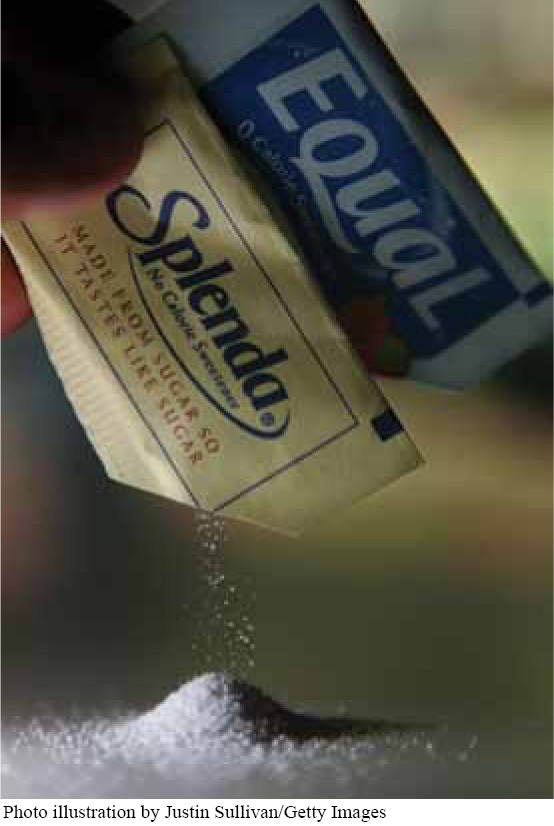Look at your tongue in the mirror. It is covered with bumps. Embedded within these bumps are taste buds—


Taste chemoreceptors fall into five groups, depending on which type of molecule chemically stimulates them: sweet, salty, sour, bitter, or a recently discovered, but difficult to describe, savory taste called umami. These different types of chemoreceptors occur all across the tongue (although the different groups tend to be concentrated in different regions of the tongue). A rich variety of tastes is possible because most foods stimulate unique combinations of the different taste receptors. Foods also release molecules into the air in the mouth, which stimulate smell receptors within the nasal cavity.
934
Not all animals use their mouth to taste things. Some insects have chemoreceptors on their legs, and they “taste” things just by touching them. Other animals have taste receptors on their antennae or tentacles. Regardless of where the food meets the taste receptors, the process is the same: chemical binding triggers an action potential in accompanying sensory neurons that delivers a taste sensation to the brain.
How can artificial sweeteners taste like sugar while not actually being sugar?
Because of the way that humans sense taste, it’s possible to fool your brain. Your brain never actually “knows” the true identity of the food on your tongue. Rather, it senses a particular taste based solely on the combination of receptor cells that is stimulated. If a molecule that is not sugar has a chemical structure closely resembling sugar, it can stimulate the same taste-
Aspartame also resembles sugar closely enough to stimulate sugar receptors in taste buds. Molecularly, however, it is quite different: it is made from two amino acids. Unlike the other artificial sweeteners, it can be broken down and releases energy (and hence contains calories), but it is so efficient at stimulating sweet-
TAKE-HOME MESSAGE 23.9
Your tongue has about 10,000 taste buds, each containing 60–
What are the five groups of taste chemoreceptors?
The five groups of taste chemoreceptors are named for the molecules that chemically stimulate them: sweet, salty, sour, bitter, and umami.